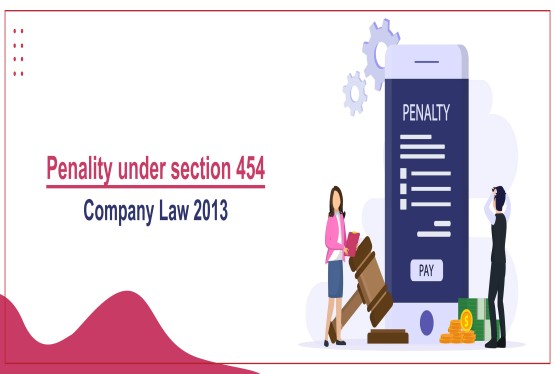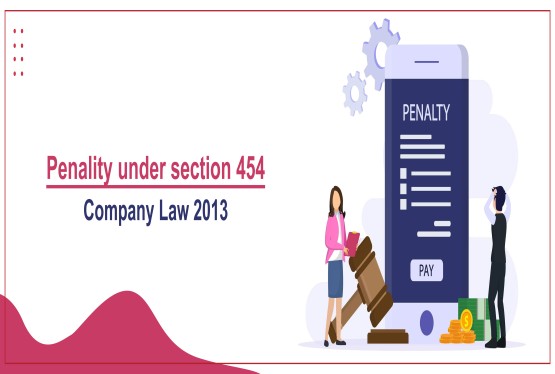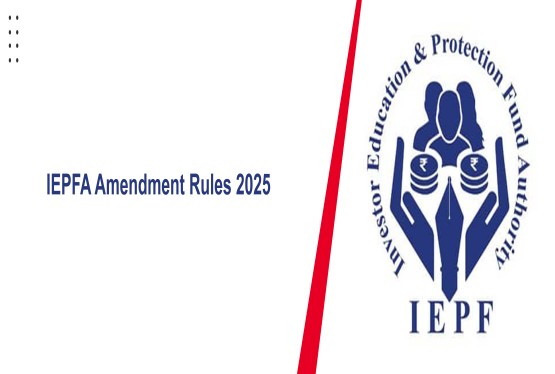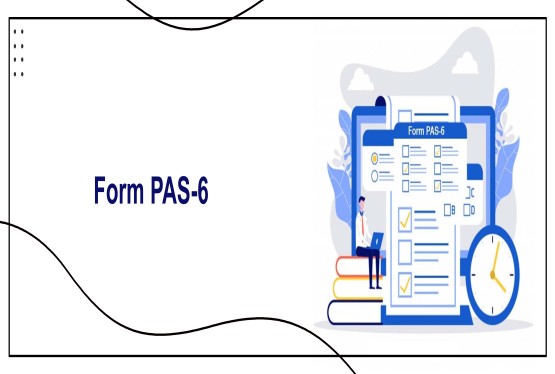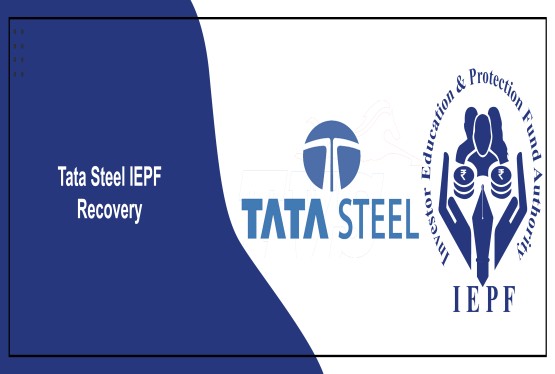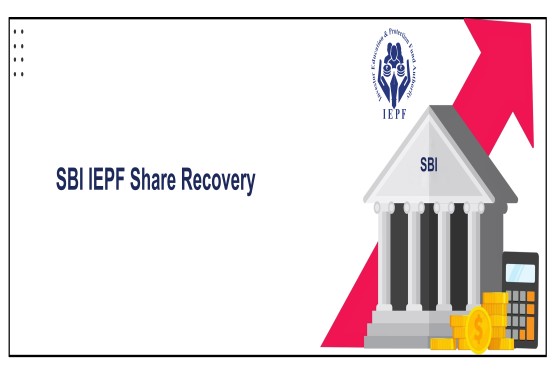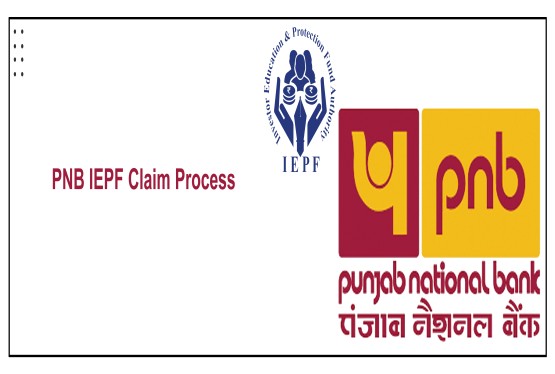A society refers to a structured group of individuals united by a shared objective, typically focused on charitable activities like advancing education, healthcare, arts, culture, music, or sports. Although societies can exist without formal registration, only those that are registered gain legal status. This legal recognition allows them to own assets, take legal action, and access tax-related benefits. Registering a society gives it an official framework to operate within, and compliance with defined rules and regulations promotes transparency and responsible governance.
The Societies Registration Act of 1860 establishes the legal framework for registering and managing societies in India. It was originally introduced to encourage activities related to literature, science, fine arts, and other charitable causes. While individual state governments have implemented the Act with modifications to address regional needs, the core structure of the legislation remains consistent nationwide.
Legal framework of Dissolution of Society in India
Broadly in India section 13 and 14 of society registration act 1860 deals with the society dissolution in India.
Section 13 of the Societies Registration Act, 1860
Section 13 of the society registration act, 1860 provides for the voluntary dissolution of a registered society. A society may be dissolved if at least three-fifths of its total members consent to it through a special resolution passed in a general meeting convened for this specific purpose. The resolution must clearly state the reasons for dissolution and outline the method for settling liabilities and disposing of any remaining assets. However, even after clearing all debts, the surplus property of the society cannot be distributed among its members. In case there is a dispute among the members or governing body regarding the dissolution, or if the society becomes inactive or is found to be acting against public interest, the matter may be taken to the Principal Civil Court of the district. The court, upon satisfaction, may pass an order for dissolution.
Section 14 of society registration act 1860
Section 14 deals with the disposal of property after dissolution. Once all liabilities and debts are paid off, any remaining property of the dissolved society must not be shared among the members. Instead, it should be transferred to another society, institution, or body that operates with similar charitable objectives. This transfer must be approved by a three-fifths majority of the members present and voting. If no such decision can be reached by the members, the matter shall be referred to the Civil Court, which will decide the appropriate course for disposing of the society’s property.
Modes of Dissolution of a Registered Society in India
The society in India can be dissolve mainly by four modes these are:-
Dissolution by its members
The primary mode of dissolving a society is through the voluntary decision of its members, as provided under Section 13 of the Societies Registration Act, 1860. The section states that a society can only be dissolved if three-fifths (3/5th) of its total members agree to the dissolution by casting their votes either in person or by proxy at a special general meeting convened specifically for this purpose.
In cases where the government is a member, contributor, or otherwise interested in the society, the same section further mandates that dissolution cannot take place without the prior consent of the State Government under which the society is registered.
Additionally, state-specific provisions apply:
-
Under the U.P. Societies Registration Act, Section 13A empowers the Registrar to apply for dissolution, while Section 13B allows for dissolution by court order or cancellation of registration.
-
In Karnataka and Travancore-Cochin, the required voting threshold is 3/4th of members.
-
In Rajasthan, the requirement is 2/3rd majority.
-
The West Bengal Act (Section 24) and the Tamil Nadu Act (Section 41) also provide that a society may be dissolved by a 3/4th majority of its members in a special general meeting.
Procedure to be Followed
-
A special resolution must be passed by the required majority (as per applicable state law).
-
The resolution must clearly state whether the society is to be dissolved immediately or at a future date as agreed by the members.
-
The members must decide on the mode of disposal of property and the settlement of claims and liabilities.
-
The governing body is required to take all necessary actions for asset disposal, liability clearance, and settlement of claims, in accordance with the society's rules.
Once these steps are completed:
-
A report must be submitted to the Registrar of Societies.
-
If any surplus assets remain after liabilities are settled, the Registrar will issue a public notice in the official gazette inviting objections from claimants, creditors, and members within three months.
-
If no objections are received during this period, the Registrar will formally record the dissolution in the official register maintained by their office.
Dissolution by Registrar of Societies
Under specific circumstances, the Registrar of Societies has the authority to initiate the process for the dissolution of a registered society. This power is generally exercised when a society fails to function in accordance with its stated objectives, violates applicable laws, or ceases to meet the statutory requirements under the Societies Registration Act, 1860 or respective State amendments.
Grounds for Dissolution by the Registrar:
The Registrar may consider dissolving a society if any of the following situations arise:
-
The society is found to be engaged in unlawful activities.
-
The society has failed to fulfil the objectives as outlined in its Memorandum of Association.
-
The registered office of the society no longer exists in the state of registration.
-
The number of members has fallen below the minimum required number of seven.
-
The society has ceased to function for a specific continuous period.
-
The society is declared insolvent, i.e., unable to pay its debts and liabilities.
-
The society is found to be acting in a manner contrary to government or state policy.
-
The society has violated provisions of the Societies Registration Act, 1860 or any other applicable law.
Procedure Followed by the Registrar
Upon identifying any of the above grounds, the Registrar initiates an inquiry into the functioning of the society. A show-cause notice is issued to the society, calling upon it to explain why it should not be dissolved. The notice must be sent to the society's registered address and typically specifies a time frame within which the society must respond. If:
-
The society fails to respond, or
-
The explanation provided is found to be unsatisfactory,
then the Registrar may approach the appropriate civil court seeking an order for dissolution of the society.
Dissolution by Court
The principal Societies Registration Act, 1860 does not expressly provide for the dissolution of a society through court intervention. However, several state amendments to the Act have incorporated specific provisions empowering the courts to dissolve a society under defined circumstances.
West Bengal Societies Registration Act – Section 25
Under Section 25 of the West Bengal Act, the court may order the dissolution of a society upon an application made either by the Registrar or by not less than one-tenth of the total members of the society. The court can pass a dissolution order in the following situations:
-
When the society has violated the provisions of the Societies Registration Act.
-
If the membership falls below seven.
-
If the society has ceased to operate for more than three years.
-
If the society is unable to pay its debts or meet its liabilities.
-
If the court considers it just and proper for the society to be dissolved.
Travancore-Cochin Societies Registration Act – Section 25
Under Section 25 of the Travancore-Cochin Act, an application for dissolution or reorganisation can be made to the District Court by either:
-
The State Government, or
-
One-tenth of the total members of the society.
The application must be submitted in the district where the society is registered, accompanied by a security fee of Rs.100 for legal costs. After conducting an inquiry, the court may:
-
Remove the current governing body and appoint a new one.
-
Frame a new scheme for the better administration and functioning of the society.
-
Dissolve the society if deemed necessary.
Uttar Pradesh Societies Registration (Amendment) Act – Section 13B
As per Section 13B of the Uttar Pradesh Amendment, the court may order the dissolution of a society if an application is made by the District Magistrate and it is established that the society's activities are contrary to public policy.
Dissolution by Government
Apart from voluntary dissolution or dissolution through court intervention, a society may also be dissolved by the Central or State Government if sufficient grounds exist to justify such action. This power is generally exercised when the society is involved in activities contrary to public interest, policy, or law, or if it becomes inactive or non-compliant with the objectives for which it was established.
Restriction on Distribution of Property to Members
Upon dissolution, the society ceases to exist, and all its activities are legally terminated. The next step involves the settlement of debts and liabilities, followed by the disposal of surplus assets, if any.
Section 14 of the Societies Registration Act, 1860 which is aligned with Section 30 of the Literary and Scientific Institutions Act, 1854 (England) clearly mandates that no member of the society shall receive any profit or share from the remaining property after dissolution. If there is any surplus left after satisfying all liabilities, it must not be distributed among members, but should be transferred to another society with similar objectives. The decision for such a transfer must be approved by a three-fifths majority of the members, either present in person or by proxy at the time of dissolution. If no such decision is made, the matter is referred to the appropriate court, which will decide the recipient society.
It is important to note that this restriction does not apply to societies formed in the nature of a joint stock company, i.e., those funded through shareholder contributions for profit.
State-Specific Provisions (Bihar & Uttar Pradesh)
In states like Bihar and Uttar Pradesh, Section 14A has been inserted through amendments to the Societies Registration Act. This section allows the members of the society to pass a resolution by a majority present in person or by proxy at the time of dissolution to transfer any remaining property to the government. The government can then utilize the surplus for any purpose aligned with the objectives listed under Section 1 of the Act, such as education, science, literature, arts, or other charitable causes.
Mandatory Nature of Section 14
The provisions of Section 14 are mandatory, meaning that even if the by-laws or internal rules of a society contain a clause allowing distribution of property among members upon dissolution, such a clause will be legally invalid. The property, whether movable or immovable, belongs to the society as a legal entity and must be redirected toward public benefit or similar charitable purposes.
This principle was upheld in legal precedents such as Re: Bristol Athenaeum (1889), which confirmed that surplus assets must go to a similar institution, not the members.
Conclusion
The dissolution of a registered society in India is a legally regulated process governed primarily by Sections 13 and 14 of the Societies Registration Act, 1860, along with state-specific amendments. Whether initiated voluntarily by its members, by the Registrar, through court intervention, or in rare cases by the Government, the dissolution process ensures that societies are held accountable and remain aligned with their stated charitable objectives.
One of the key aspects of this legal framework is the strict prohibition on the distribution of surplus property among members after dissolution. Instead, any remaining assets must be transferred to another organization with similar aims, thereby upholding the principle of public benefit over private gain. States like Uttar Pradesh and Bihar have further provided flexibility by allowing transfer of surplus to the government for use in aligned public purposes.
Overall, the legal provisions ensure that while societies in India enjoy autonomy in their functioning, their closure is handled with due process, transparency, and in accordance with the larger interests of society and the charitable causes they are meant to serve.
Frequently Asked Questions (FAQs)
Q1. What is the meaning of dissolution of a society?
Ans. Dissolution refers to the legal process of closing a registered society, where it ceases to exist as a legal entity and its affairs are wound up in accordance with applicable laws.
Q2. Which law governs the dissolution of societies in India?
Ans. The Societies Registration Act, 1860 governs the dissolution of societies in India, particularly through Sections 13 and 14, along with various state-specific amendments.
Q3. Who can initiate the dissolution of a society?
Ans. A society can be dissolved through:
-
Voluntary decision of its members,
-
Registrar of Societies,
-
Court order, or
-
Government directive, depending on the circumstances.
Q4. What is the minimum member consent required for voluntary dissolution?
Ans. At least three-fifths (3/5th) of the total members must agree by voting at a special general meeting convened for dissolution. Some states require a different majority (e.g., 3/4th in Karnataka, 2/3rd in Rajasthan).
Q5. Can the surplus property of a dissolved society be distributed among members?
Ans. No. As per Section 14, surplus property after settling debts cannot be distributed to members. It must be transferred to another society with similar objectives or as directed by the court.
Q6. Can a society be dissolved without informing the Registrar?
Ans. No. After passing the dissolution resolution, a report must be submitted to the Registrar of Societies, who may then issue a notice in the official gazette inviting objections
Q7. What happens if there is a dispute among members regarding dissolution?
Ans. If there is a dispute or lack of consensus, the matter can be referred to the Principal Civil Court, which may pass an order for dissolution after examining the facts
Q8. Under what circumstances can the Registrar dissolve a society?
Ans. The Registrar may seek dissolution if the society:
-
Has violated its objectives,
-
Engages in unlawful activities,
-
Becomes inactive,
-
Falls below 7 members, or
-
Becomes insolvent.
Q9. What role does the court play in society dissolution?
Ans. In some states (e.g., West Bengal, Uttar Pradesh), the court can dissolve a society based on applications from the Registrar, members, or District Magistrate especially when the society is non-functional or acts against public policy.
Q10. Can a society formed like a joint stock company distribute its assets among members?
Ans. Yes, the restriction under Section 14 does not apply to societies formed as joint stock companies, funded by shareholders for profit.











































































_crop10_thumb.jpg)


































































_crop10_thumb.jpg)
_crop10_thumb.jpg)



_crop10_thumb.jpg)


_crop10_thumb.jpg)





_crop10_thumb.jpg)

_crop10_thumb.jpg)














-suratgujarat-section-158_crop10_thumb.jpg)
-suratgujarat_crop10_thumb.jpg)
-(33)_crop10_thumb.jpg)



-ahmedabad_crop10_thumb.jpg)
-learn_crop10_thumb.jpg)

-learnn_crop10_thumb.jpg)



























































_crop10_thumb.jpg)























_Guidelines_learn_crop10_thumb.jpg)























_learn_crop10_thumb.jpg)
_crop10_thumb.jpeg)










_crop10_thumb.jpg)




_Second_Amendment_Rules,_2025_learn_crop10_thumb.jpg)







_learn_crop10_thumb.jpg)






















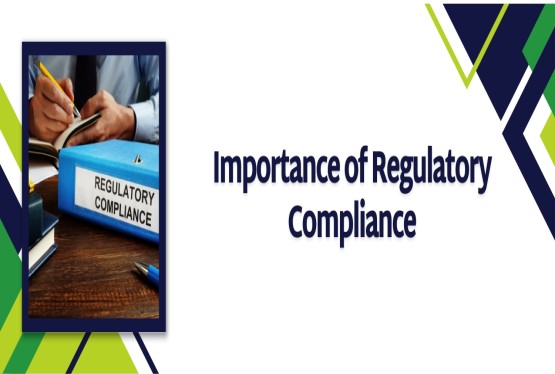







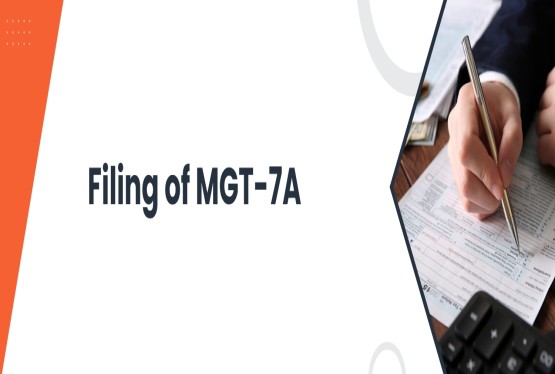












_learn_crop10_thumb.jpeg)








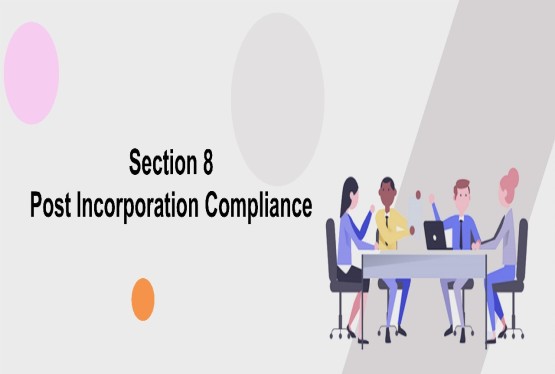
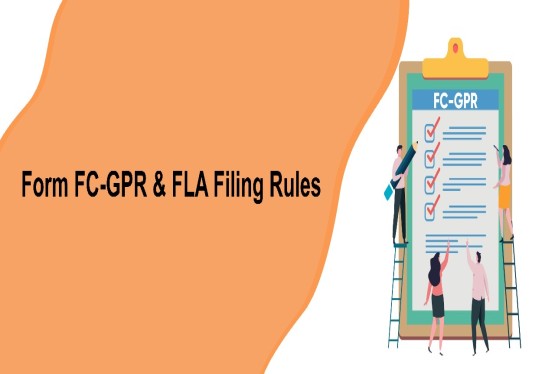

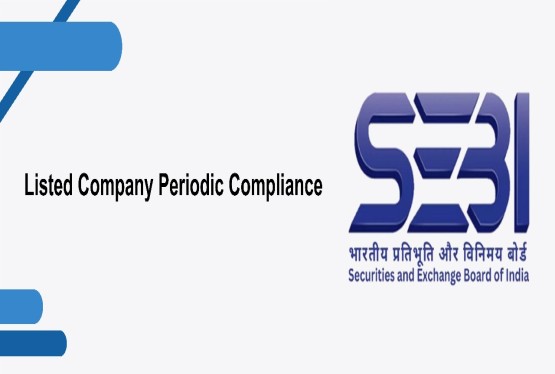




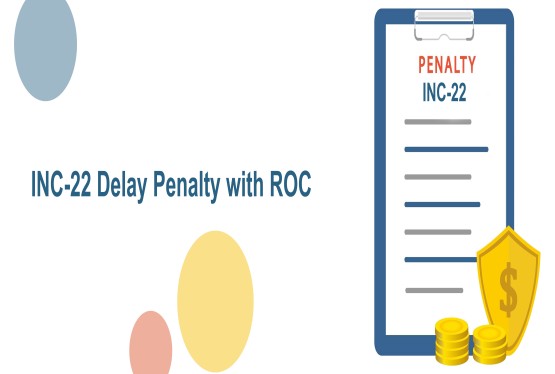


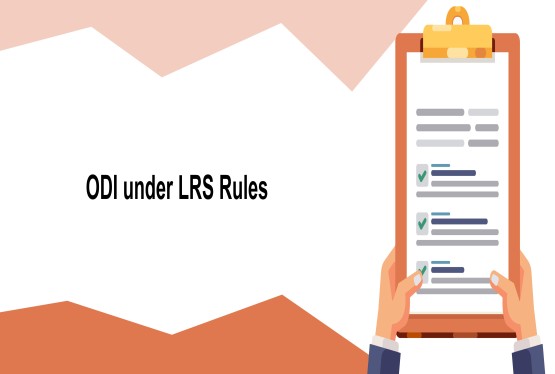



_learn_crop10_thumb.jpg)


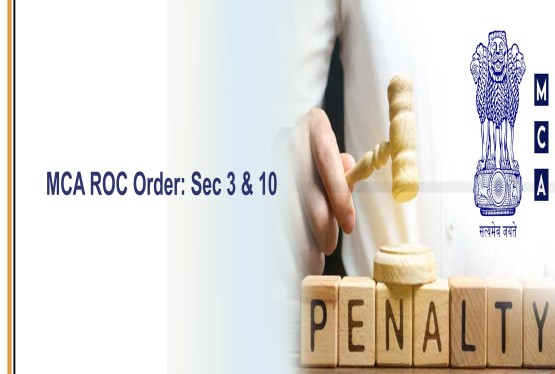
_rd_roc_learn_crop10_thumb.jpg)
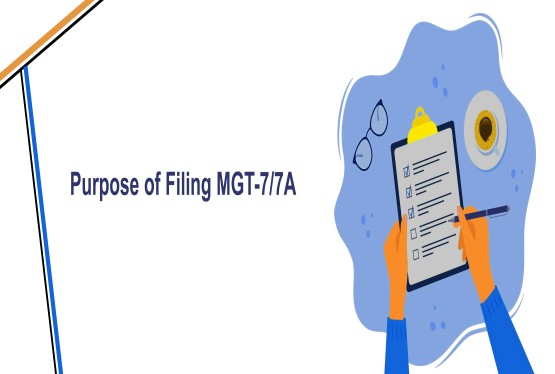




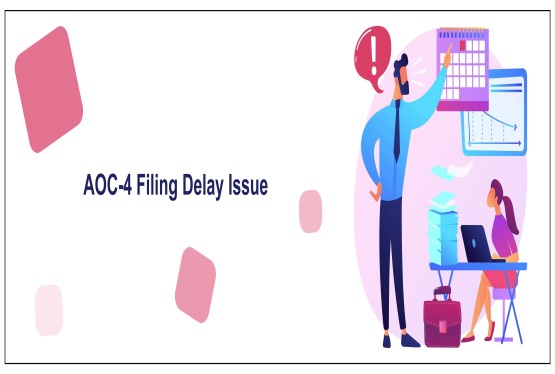
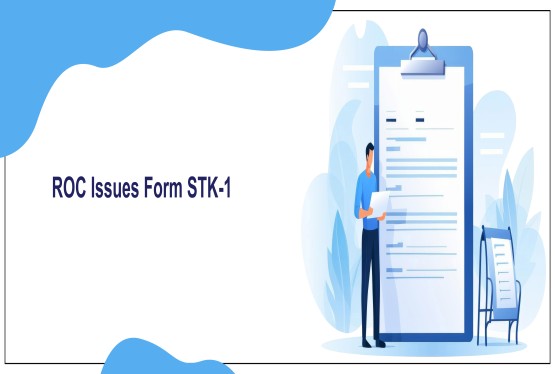









_learn_crop10_thumb.jpg)






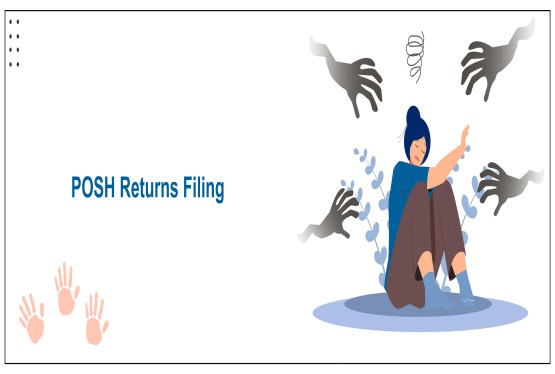
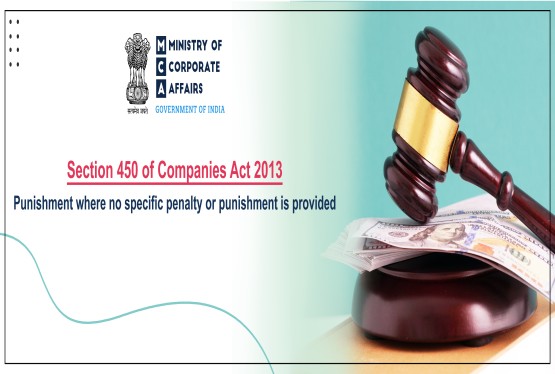

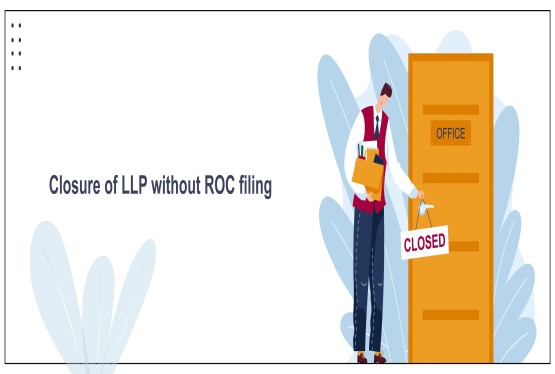


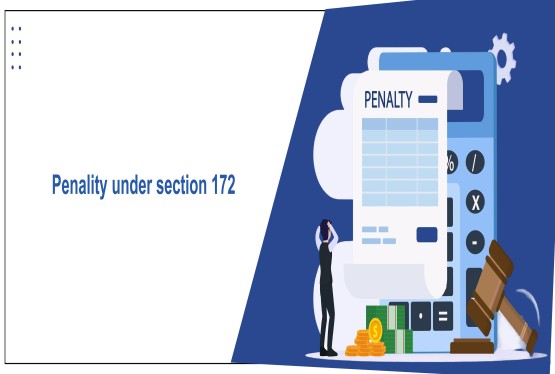
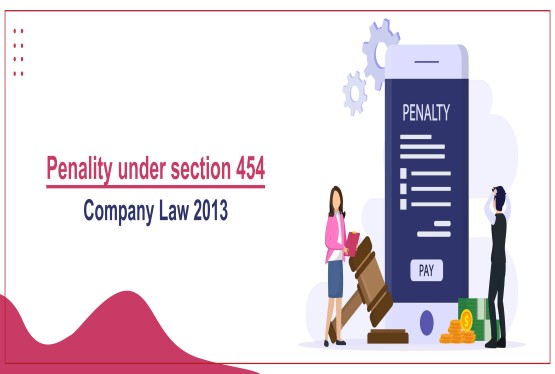
_learn_crop10_thumb.jpg)
_Learn_crop10_thumb.jpg)
